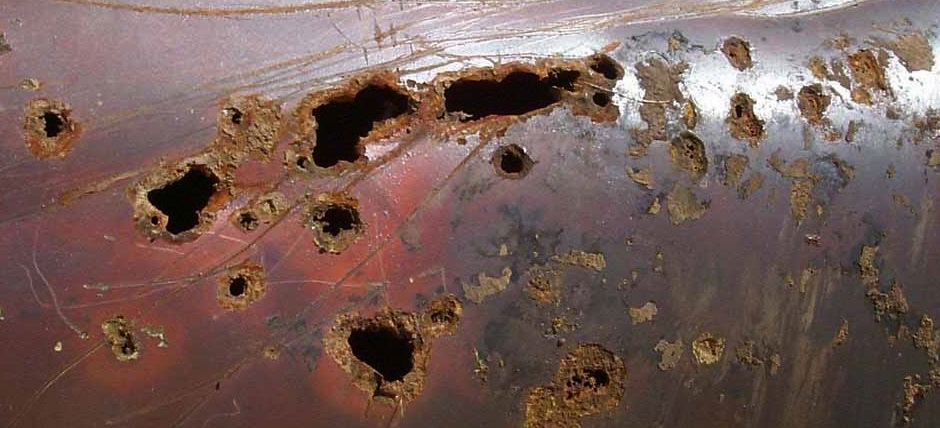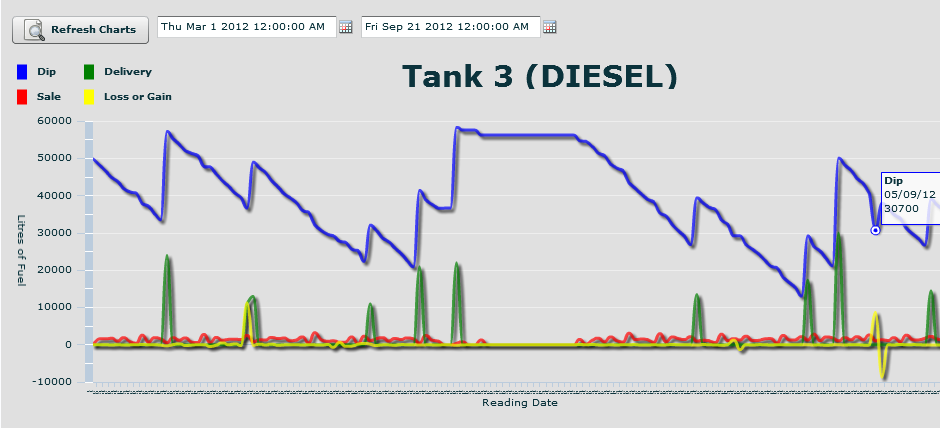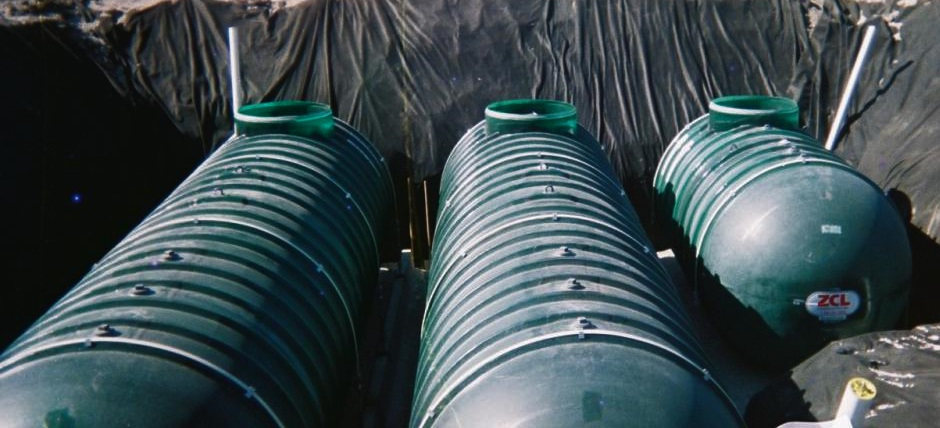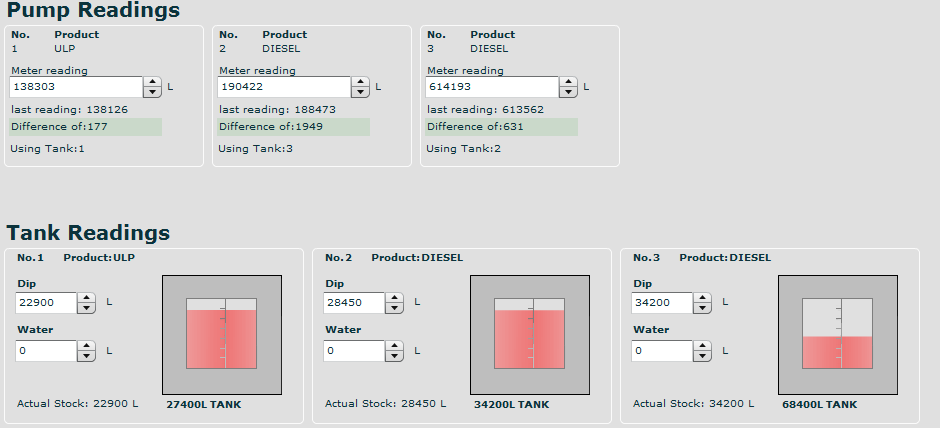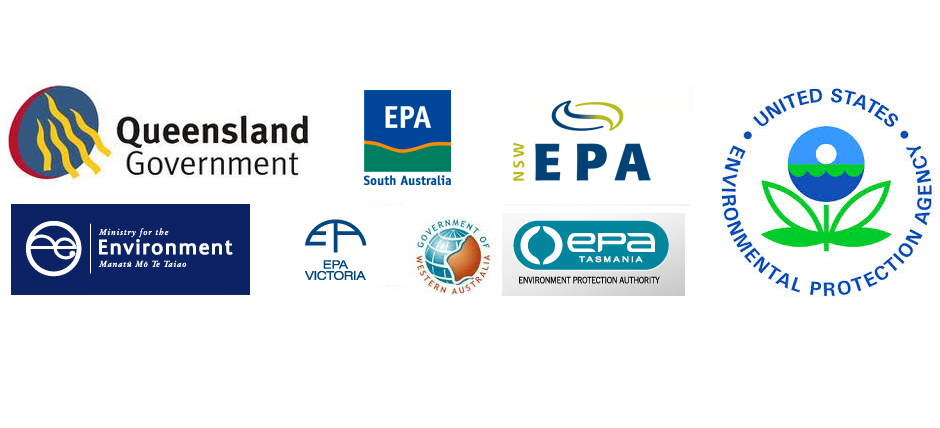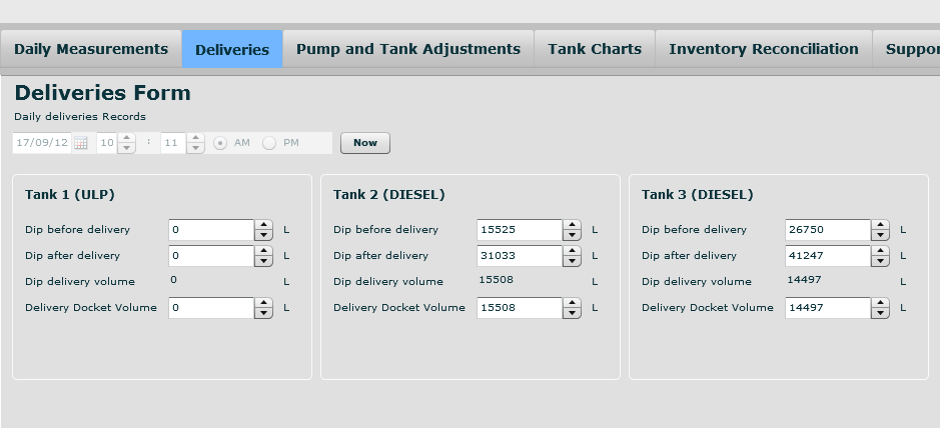UPSS Loss monitoring procedures
Sourced from www.epa.nsw.gov.au 14/11/2013
Loss monitoring procedures are designed to detect any losses of petroleum from UPSS tanks or piping before they pollute the soil, surface waters or groundwater. The frequency, sensitivity and reliability of loss monitoring should lead to a high level of confidence that any potential product loss will be detected in time to allow a response before a risk is posed to human health or the environment.
Loss monitoring is mandatory for all new and significantly modified UPSS from 1 June 2008 and for old systems from 1 June 2009.
Various methods of loss monitoring are available (see ‘Appendix D: Loss monitoring methods’) but to satisfy the requirements of the UPSS Regulation, the loss monitoring procedure must at least meet the detection limit of 0.76 litres per hour, with at least 95% accuracy.
To achieve industry best practice, all loss monitoring methods should also, as a minimum:
- be certified as meeting the requirements of the Regulation by an independent third party, consistent with the current United States Environmental Protection Agency (USEPA) protocols and system of verification (USEPA 1990)
- use equipment that has been installed, calibrated and commissioned in accordance with the manufacturer’s instructions for the loss monitoring system
- be undertaken by a person suitably trained in each element of the procedure
- be conducted according to the service provider’s instructions
- have a system in place that ensures the appropriate regulatory authority (ARA) is informed if there is a significant loss and appropriate corrective action is undertaken.
The person responsible for a UPSS must retain a written description of the routine operation, maintenance and service requirements of the loss monitoring system as provided by the manufacturer. This must be kept as part of the Environment Protection Plan’s maintenance schedule requirement, in accordance with clause 19(2)(c) of the UPSS Regulation.
The raw data produced as part of the loss monitoring system (such as data from daily tank dipping or automatic tank gauging) should be kept until it is assessed and incorporated into a final report (refer to Section 4.7 for record-keeping requirements). The final reports must be kept as part of the EPP and for seven years from the date of decommissioning of the UPSS.
Where it is not practicable to implement a loss monitoring system, an application for an exemption from this requirement must be submitted to DECCW, together with a proposed alternative process to check for any loss from the system on a regular basis. ‘Appendix A: UPSS Regulation Exemption Plan’ has more details.

